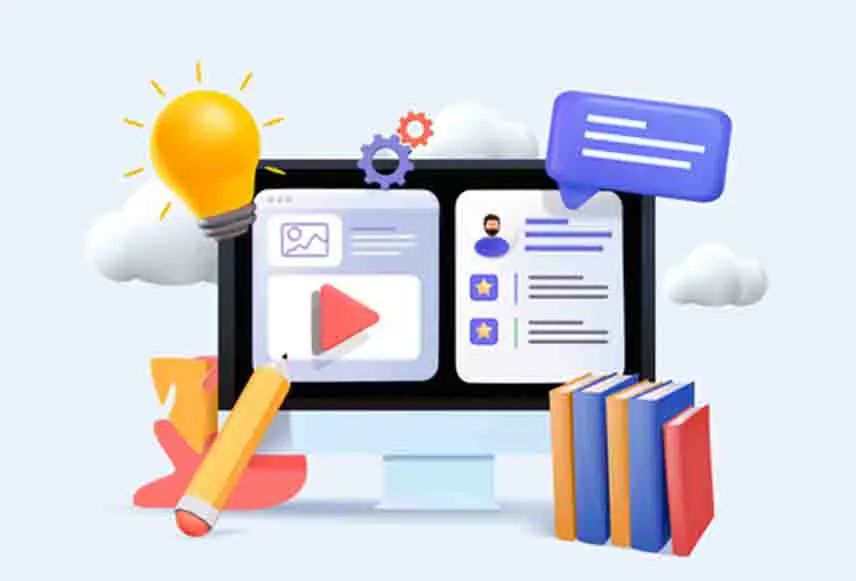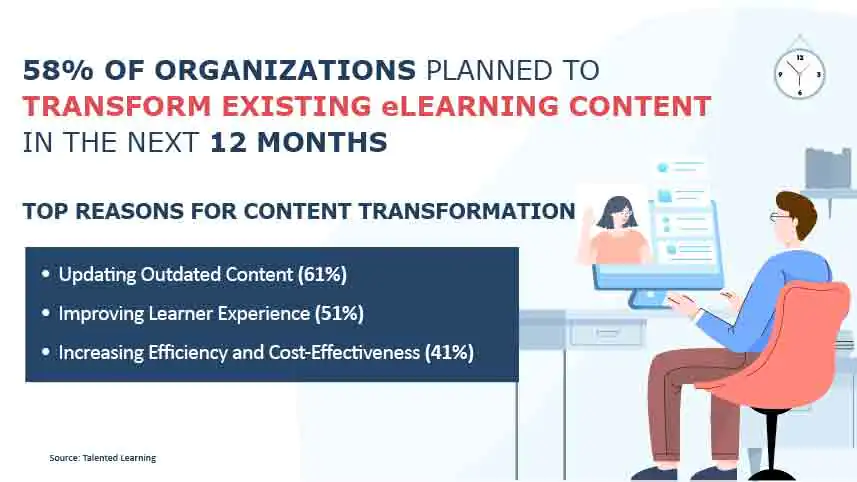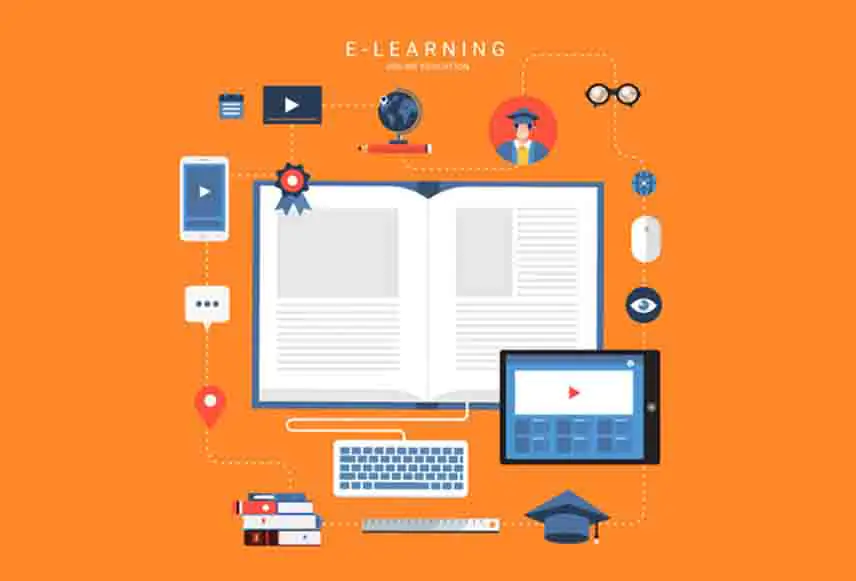
Developing an eLearning content transformation strategy is key to making learning effective, scalable, and conducive to success. eLearning powered by digitally transformed content that’s modern, convenient, and personalized can enable learners to learn better and achieve excellence in learning.
In recent years, eLearning has become an increasingly popular method of delivering and receiving different types of education including professional development. With the rise of online platforms and widespread adoption of technology in the classroom, more people are turning to eLearning to learn new skills and advance their careers.
However, as the eLearning industry continues to grow, it’s important to consider the quality and effectiveness of the content being offered.
“A survey of eLearning professionals found that over 75% believed regular content updates were essential to keep eLearning materials current and relevant.”
Simply put, eLearning content transformation is the need of the hour!
4 Reasons to Leverage Digital Content Transformation in eLearning
Here are some of the most important reasons to implement eLearning content transformation to achieve the best learning results.
1. Meeting Dynamic Learner Needs
First and foremost, eLearning content transformation is essential to keep up with the changing needs and preferences of learners. As technology and the way we consume information evolves, it’s crucial to ensure eLearning content evolves as well. This means incorporating new technologies, such as virtual and augmented reality and adapting to new learning styles and preferences.

For example, younger learners may be more comfortable with interactive and multimedia-based content, while older learners may prefer more traditional methods such as text-based materials. By implementing digital content transformation to meet the needs and preferences of different learners, eLearning content can be made more effective and engaging.
2. Enhancing Content Quality
Digital content transformation is important to improve the overall quality and effectiveness of eLearning content. As mentioned earlier, technology is constantly evolving. This means that new and improved methods of delivering content are constantly being developed.
By implementing digital content transformation in eLearning to take advantage of these new technologies and techniques, the content can be made more impactful and effective.
For example, you can make eLearning materials more memorable and engage learners by adding interactive elements such as quizzes and games to the content. Similarly, incorporating video and other multimedia elements into the content can help break up the content and make it more visually appealing.
3. Ensuring Equity and Accessibility
In addition to improving the quality of eLearning content, digital content transformation can help make the content accessible to a wider range of learners. This can be done by digitally transforming content to make it more inclusive and accommodating to different learning styles and needs.
For example, adding closed captions to video and audio materials can make them accessible to learners with hearing loss. Likewise, adding transcripts to audio and video content can make it accessible to learners with dyslexia or other learning disabilities.
4. Maintaining Content Relevancy
Finally, digital content transformation is essential to keep eLearning content up-to-date and relevant. In many industries, the information and skills being taught are constantly evolving and changing. With regular digital content transformation, the content can be kept current and relevant to the varying needs of learners.
For example, new tools and techniques are developed quite often in the field of technology. By regularly updating and digitally transforming eLearning content to reflect these changes, organizations can ensure learners receive the most current and relevant information.

6 Best Practices for Digital Content Transformation in eLearning
Here are some digital content transformation best practices you can implement to ensure improved learning outcomes.
1. Define Your Goals and Objectives
Clearly define what you want to achieve through your digital content transformation initiatives. This could include improving learner engagement, increasing course completion rates, or updating aging content. Having specific goals will help guide your decision-making and ensure your efforts are focused and aligned with your organization’s specific business needs.
2. Assess Your Existing Content
Conduct a thorough review of your current eLearning content to identify areas that need improvement or updating. Closely consider key factors such as relevance, accuracy, and learner engagement. This will enable you to identify the specific changes you need to make and prioritize your efforts accordingly.
3. Engage with Stakeholders
Involve key stakeholders in the digital content transformation process, such as subject matter experts, learning and development professionals, and learners. Their input and feedback can help ensure the transformed eLearning content is relevant and meets the needs of your target audience.

4. Use a Range of Formats
Consider using a variety of formats for your eLearning content, such as video, audio, text, and interactive elements. This can help keep learners engaged and make the content more visually appealing.
5. Use Technology and Tools
You may have questions like – can we automate content transformation? Well, there are many tools and technologies available that can help streamline the digital content transformation process and improve the quality of the final product. Harbinger can help here with our ready software frameworks aimed at enabling rapid content transformation.
Harbinger transformed raw footage to high-end videos for virtual learning, for one of the largest global insurance providers with 90 million customers in 60+ countries. Here’s what our customer has to say:
“It gives me immense pleasure to announce the launch of the Virtual Selling Program, and it has already started making big waves. A special shout out to all the team members at Harbinger who worked tirelessly, remotely, braving multiple hardship and pain because of the current COVID-19 situation. Thank you for all your efforts. We could launch this program so quickly, ONLY with your support.”
6. Test and Iterate
After transforming your eLearning content, make sure to test it and gather feedback from learners. This will help you identify any issues or areas of improvement and make the necessary adjustments.
A Final Word
The pace of digital transformation is increasing in several industries. And right so – considering the new industrial revolution which necessitates organizations to transform the way learning is designed, delivered, and evaluated.
Furthermore, the reset in learning methods is taking place together with the reset in work. It’s more important than ever to make learning more informative, interactive, and dynamic. As content plays an indispensable role in eLearning, organizations cannot afford to delay or downplay the need for digital content transformation.
At Harbinger, we have come up with software frameworks that facilitate rapid content transformation. Operating in the eLearning industry for over 30 years has allowed us to work closely with eLearning stakeholders and learners and understand their pain points.
We would be happy to speak with you and discuss your digital content transformation needs. We would value the opportunity to showcase our content transformation frameworks and how you could significantly optimize content transformation costs and timelines. Reach out to us at contact@harbingergroup.com.






